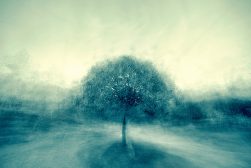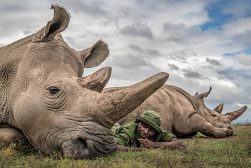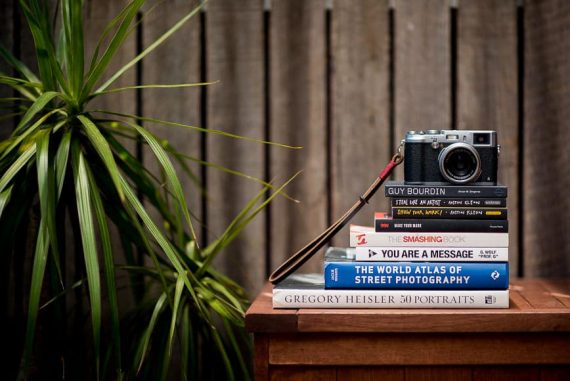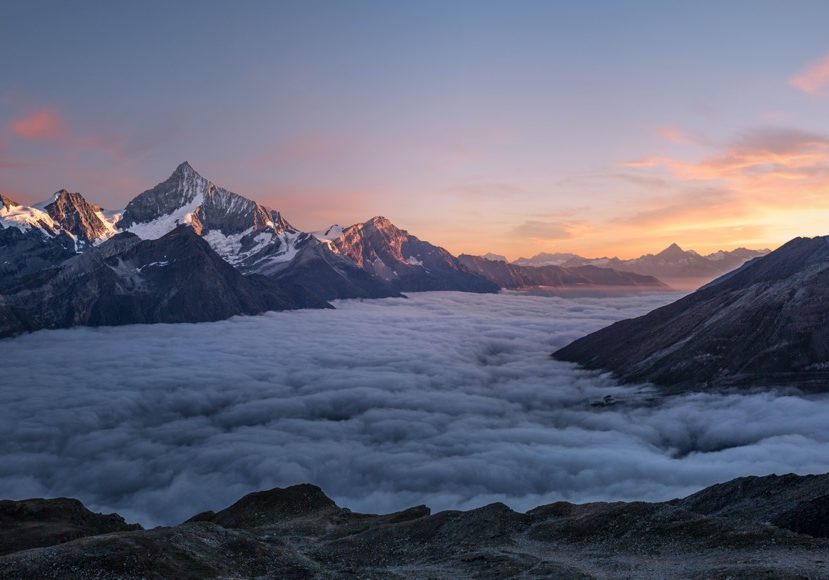
14 Secrets of Beautiful Photography
What makes photography beautiful? Learn how to create your own beautiful photos with this guide that reveals 14 secrets and top examples for your inspiration.
Learn | Photography Guides | By Ana Mireles
The notion of ‘beautiful photography’ is obviously rather subjective – what’s beautiful to one person may not be to the next.
However, putting our individual tastes aside, one thing’s for sure: all beautiful photos share similar qualities that make them outstanding.
This guide introduces 14 examples of beautiful photography and the fundamental principles behind them so that you can go out and create something amazing yourself.
What makes photography beautiful? Let’s take a closer look!
14 Secrets to Creating Beautiful Photography
1. Capture something that YOU find beautiful

Credit: Chevanon Photography
Photography is a subjective medium that reflects the creator’s view of a specific subject or moment. If you don’t find something beautiful, it will be very hard to take a beautiful picture of it.
For example, landscape photography is a very popular genre to make beautiful photos. It will be harder for you to find the right spot, feel inspired by it and have the patience to wait for the right moment to photograph it if you’re a city person.
If this is your case, you might have better results doing street photography or cityscapes. The same thing applies to any subject – some people find beauty in flaws, others prefer perfection.
Go with your gut and follow your passions – the important thing is the way it’s executed. For that, you can follow some of the following tips for creating your own version of beautiful photography.
2. Master your technique

Credit: Gilberto Olimpio
It doesn’t matter if your subject is the most beautiful thing in the world. If the photo is underexposed or it’s blurry due to camera shake or unintentionally out of focus – it won’t be a beautiful photo!
So, the shot needs to be well done, but that’s not all there is to it.
While most digital cameras today will deliver good quality pictures with a correct exposure – you certainly won’t be able to control what you create unless you learn how to control and use the camera settings to your advantage.
Three factors determine the exposure of your photo: aperture, shutter speed and ISO. This is known as the exposure triangle because you need to balance them to take a picture.
Not only that, each one impacts your photo in a different way. Aperture is also related to the depth of field – in other words, how much is in focus.
The shutter speed makes moving subjects look frozen or blurred. Finally, the ISO can create digital noise, which gives a ‘grainy’ look in your pictures.
An often overlooked tool is your camera’s exposure mode. With it, you can tell your camera how to read the light in the scene. This is crucial if you want to take photos in low key or high key, for silhouette photography and more.
Other settings that might be able to help you are the camera focus modes and the burst mode. It depends on the subject you’re using for your beautiful photography.
3. Find the best light to create your masterpiece

Credit: Pixabay
Have you noticed how some photos look very intimate, others have an industrial feel to them, or maybe they look moody and other ethereal? That’s because light helps you create the atmosphere in a picture.
There are a few things to consider when choosing the light. The first one is to determine whether you want artificial or natural light. If it’s artificial light, are you going to add your own or use the ambient light in the room?
If you’re adding your own light, you should consider the possible lighting setups. This refers to the number of light sources and how are they placed.
For example, are they going to be pointing at your subject from the side, the back or the front?
The quality of the light is also very important. Hard light creates intense shadows and can be interpreted as dramatic or moody. Instead, soft light casts less intense shadows, and it’s more even.
Finally, light color plays a big role in creating an ambience. Think about a photo taken inside an office or a commercial space and compare it with a picture of a bedroom or a living room.
How Much Do You REALLY Know About Photography?! 🤔
Test your photography knowledge with this quick quiz!
See how much you really know about photography...

The coldness in one against the warm feeling in the other is due to color temperature.
This happens with natural light too. So, many outdoor photographers prefer to take photos at sunset because the light is warmer – shooting at golden hour is a great way to produce beautiful photography of landscapes.
4. Use the composition rules
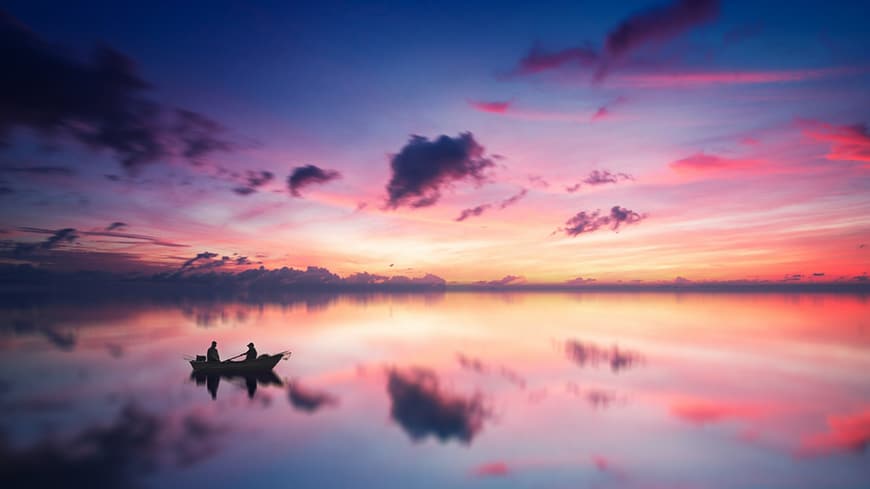
Credit: Johannes Plenio
Composition is the way you arrange the elements inside your picture. The composition rules are designed to arrange those elements in a pleasing way that draws the viewer’s attention. So, if you master composition, you hit the ground running.
Remember that composition rules aren’t actually rules – they are more like guidelines. That’s because there isn’t one that is necessarily absolute or better than the other – some of them even contradict each other.
While a landscape with symmetric composition can make a very beautiful picture, an asymmetrical one can be just as appealing.
The most common rule to start with is the rule of thirds (see guide). This is because most cameras and phones have an overlay with this grid to help beginner photographers compose their photos.
It divides the frame into nine equal portions by drawing two vertical lines and two horizontal lines. The idea is that you should place the main subject along those lines – especially in the points where the lines intersect.
Another rule that is known as the phi grid also divides the space into nine parts. However, they are not the same size as it follows the golden ratio.
So, different compositions can be equally effective. It’s a matter of finding the one you think is best for the situation, and better fits your style.
When attempting to produce beautiful photography, start off by using the rules, and then experiment with breaking them. It’s all a learning process, after all.
5. Develop a style
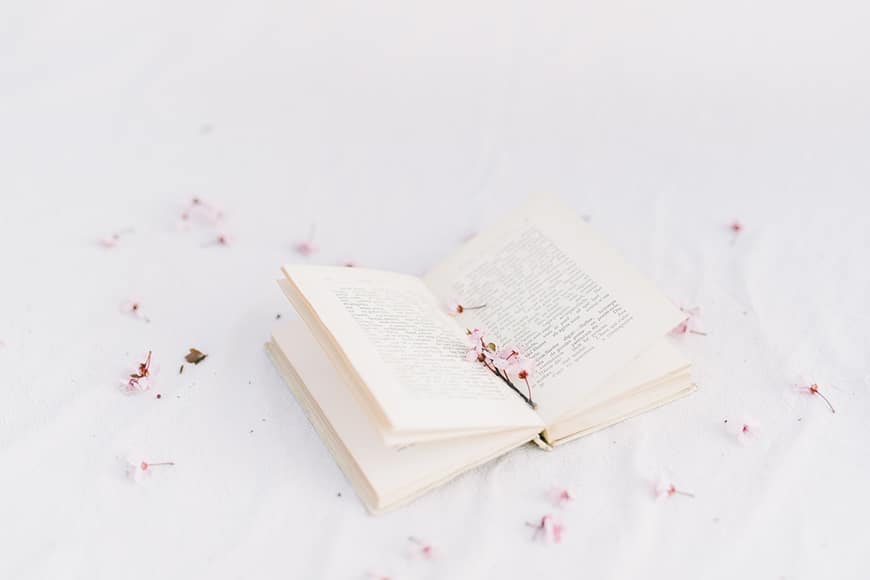
Credit: Olya Kobruseva
When you’re scrolling through images on Instagram or any other photography site, do you ever see photos whose photographer you recognize, before even seeing which account posted it?
That’s because that photographer had a well-defined style.
Developing a style has to do with different aspects of photography; it starts with the genre of photography – for example, food. Then the topics, like raw vegetables or modern cuisine and finally the approach and aesthetics of the finished picture.
You know you want to do beautiful photography. That’s a start – it means that you’re not looking for something provocative or political, but it’s still very broad.
From here, you should keep narrowing down your field of expertise and then develop a style. This will help you to practice and improve.
6. Find inspiration in art
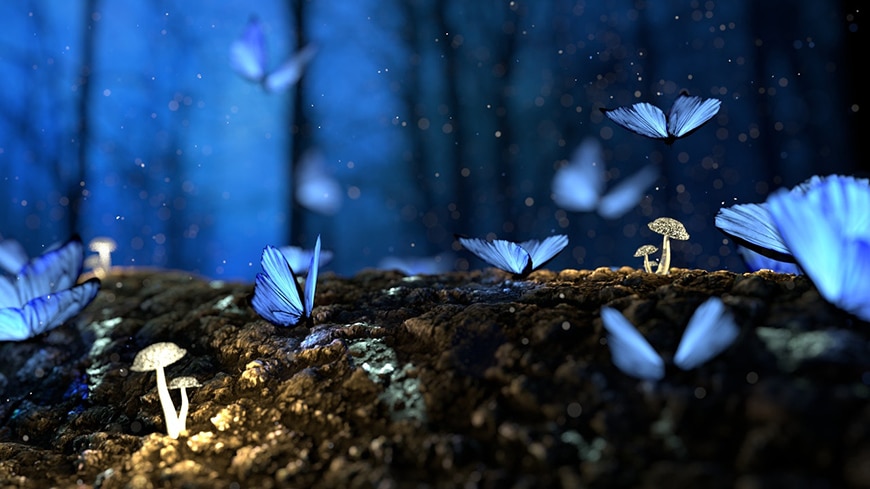
Credit: Pixabay
Let me start by saying that art and beauty are not synonyms. Art is not necessarily beautiful to look at, sometimes it’s meant to be even uncomfortable to make you reflect or challenge preconceptions.
Having said that, many beautiful artworks can serve you as inspiration, such as these paintings that inspired digital images.
Of course, beauty can be a personal opinion, but it also changes through time and across cultures.
Esther Honing made a very interesting project where she sent her portrait to freelance photo retouchers around the world – the instructions were to make her look beautiful, with remarkably different interpretations in the results.
You can go to a museum, grab an art history book or look for sources online to get inspiration from different authors, countries and time periods.
If you want to learn about the ideas of beauty that have influenced art throughout history, I recommend the book On Beauty by Umberto Eco.
7. Take your time

Credit: Emiliano Arano
It’s important that you get to know your subject well to make pictures that reflect their beauty. It would help if you also learned how other authors had represented it.
That’s why you should photograph something that you’re passionate about – because it takes time and dedication to become good at it.
You might think portraits are beautiful, but if you’re not a people’s person, you’ll have a hard time doing them. Choose your topics wisely and take your time.
Don’t get frustrated if your photos aren’t beautiful from the start – these things take practice. It’s also helpful to take multiple shots.
In film photography, you used to have 12, 24 or 36 photos per roll – each roll and then developing and printing the photos was expensive.
With digital technologies, you can take as many photographs as you need – make use of that advantage. On very rare occasions, you’ll get the best result from the first shot.
8. Use color palettes

Credit: Amy Shamblen
Color is an essential element in all forms of art – photography is no exception. You can use colors to create a balanced composition or to evoke a specific emotion in the viewer.
Knowing and understanding color theory can help you to make beautiful images. For example, you can use complementary colors to make things stand out in the picture.
You can make a monochromatic photograph to generate emotions – for example, the color blue is associated with the sky and the sea. Many people then associate it with nature and serenity – it also has a cultural connotation that can change, of course.
Monochrome palettes also help the viewer focus on shapes and textures. There are many ways to use color in your photography. Adobe Color is a great free tool that you can use even if you don’t have Photoshop or Lightroom.
You can upload a picture on the website and generate a color palette – you can use this to break down your pictures and understand how you’re using color.
You can also generate color palettes using the color wheel, look for trends and even see which colors represent specific concepts and ideas.
9. Try black and white
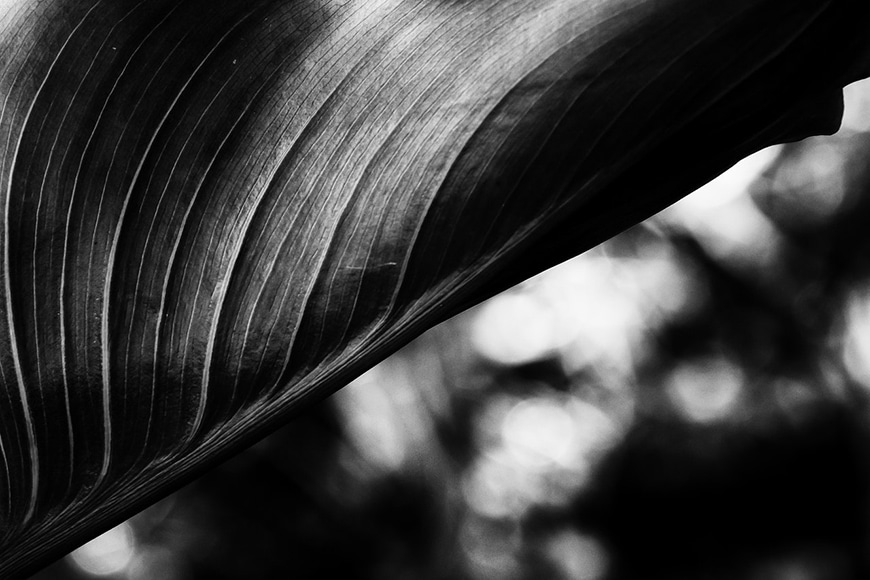
Credit: FG
While color is a great way to make stunning photographs – stripping them out of color can also be a powerful tool.
After all, black and white photography has been around for much longer, and great masters from art history have used it to make beautiful photography.
A good technique I suggest you use (especially if you’re starting) is to make your images in color and then convert them to black and white in post-processing.
For one thing, this will give you a choice to use the color version if you prefer to. The second and most important thing is that you’ll have much more control over the greyscale and the contrast of the final photo.
10. Apply the ‘less is more’ rule

Credit: Ksenia Chernaya
When your image is too busy, the viewer’s eye won’t know where to focus, which won’t translate as a beautiful photograph.
You don’t necessarily need to do minimalist photography – although it can be amazing. However, taking out distracting elements can be of help.
One way to achieve this is to get closer – you can do this by physically moving or changing to a longer focal length.
There’s a famous quote from Robert Capa that says: “If your pictures aren’t good enough, you aren’t close enough”. Use this to eliminate surrounding objects that you don’t need.
Instead, if you’re making the composition – for example, in a still life photo – you have more control.
Put in or take out the different elements to try different possibilities. Be objective in choosing which things actually give value to your photo and which ones are just cluttering.
11. Experimentation in Key

Credit: Engin Akyurt
This is an important tip that can be useful throughout your career as a photographer. If you’re a beginner, this will help you to find your passions and develop your style, leading on your way to producing more beautiful photography.
Instead, if you’re already well established – don’t stay in your comfort zone. Keep pushing the boundaries and get creative. This will undoubtedly pay off in the long run.
12. Post-produce your Images to Perfection

Credit: Sergey Katyshkin
Some photographers are purist and believe that photography is done in-camera. This is nothing new – even in film photography, there were ideas against darkroom manipulation – not even cropping was allowed.
In digital photography, this trend exists too and is known as SOOC (straight out of the camera). I respect the photographers who do this, of course, but I don’t think there’s any less merit in post-producing.
Even in film photography, you would be impacting the result after the shot when you chose the type of developer or decided on the time of processing.
Well, in digital photography, you can do this when you shoot raw images and ‘develop’ them on your computer.
You can push the adjustments to achieve a more powerful result and even create surreal things with photo-composites.
So, I strongly encourage you to learn and master your photographic skills and your photo retouching ones. We’ve got lots of great tutorials on photo editing here on Shotkit, so be sure to take advantage!
13. Avoid being literal

Credit: Jill Burrow
To stand out from the sea of images that populate the world, you might want to try a subtle approach to a topic instead of going at it in a literal way that everybody has done.
When you have a beautiful model, making beautiful photography isn’t as hard as trying to find beauty in everyday life. Try to exercise this part of your brain, and you’ll see how much you can improve.
Also, you can try to represent abstract concepts – like beauty itself or joy and love. They are beautiful ideas – how would you capture them in a photo?
14. Invest in gear

Credit: Tom Fisk
It’s been repeated a thousand times that the camera doesn’t make the photo – the photographer does. That’s, of course true, and you can take amazing photos with any equipment.
However, it’s also realistic to say that certain things can only be done – or can be done better – with certain gear.
For example, to do long exposure photography, you’ll need a tripod; to do macro photography, you need a macro lens – or at least extension tubes, and so on.
I’m not saying that you should hold off on doing beautiful photography until you buy this or that piece of equipment, but it’s still a good idea to make some investments to expand your creative potential.
Only buy what you need whenever you need it though. I know it’s tempting to buy every lens and every gadget you see – believe me, we all get the itch to do it. But unless you have an unlimited budget, be smart about it.
Final Words
I hope you enjoyed this article and you’re feeling inspired to go out and create some beautiful photography.
Remember – experimenting with your images both in-camera and by using editing software is all part of the fun. Beautiful images are the byproduct that comes from having a good time doing what you love.
Don’t forget to share your own tips in the comments – we’d love to hear from you!

Check out these 8 essential tools to help you succeed as a professional photographer.
Includes limited-time discounts.






